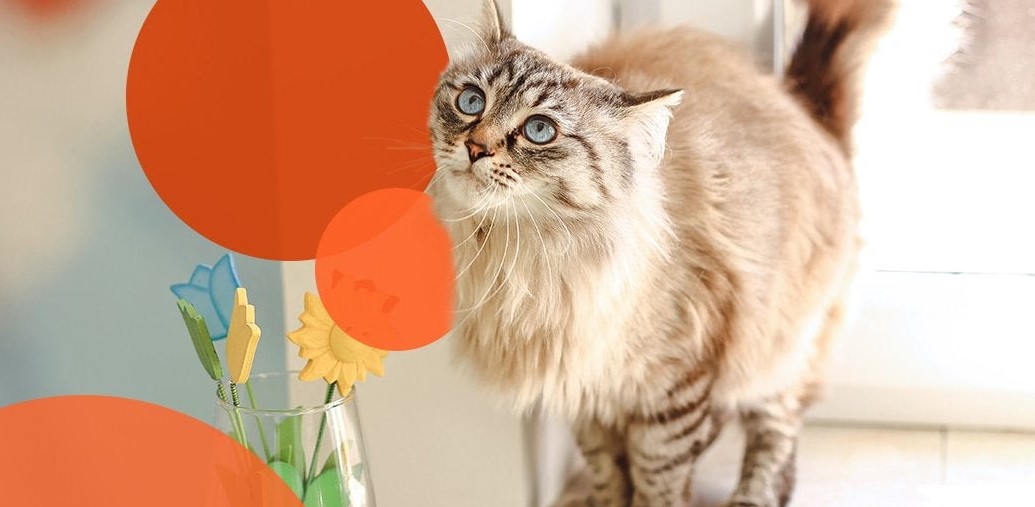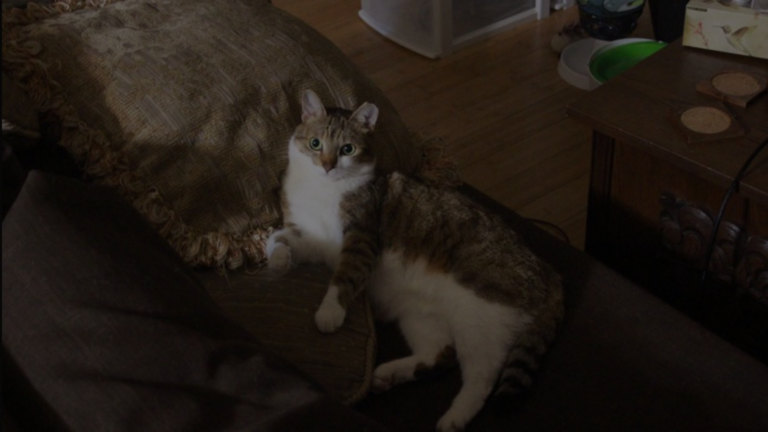If you’ve ever wondered why your feline friend suddenly goes into full alert mode when a balloon appears, you’re not alone. Cats and balloons seem to have an inexplicable, yet fascinating, relationship. In this article, we’ll dive into the curious world of feline behavior and explore why are cats scared of balloons.

The Curious Case of Feline Fear
What Causes the Fear?
Cats are known for their keen senses, especially their keen hearing and keen eyesight. Balloons, with their unpredictable movements and loud popping sounds, can also startle cats. But what actually triggers their fear?

Balloons are unpredictable, and cats are creatures of habit. The sudden expansion and movement of the balloon can mimic the approach of a potential predator, triggering the cat’s fight-or-flight response. Additionally, the loud noise created when the balloon bursts can be extremely irritating to a cat’s sensitive ears.
Evolutionary Instincts
To better understand this behavior, we need to look at the evolutionary instincts of cats. In the wild, sudden and unexpected movement or noise can indicate danger. Cats have evolved to be cautious and alert to ensure their survival. Balloons, with their unpredictable behavior, can trigger these instincts, making cats wary of them.
How Cats Perceive Balloons

Visual Perception
Cats rely heavily on their vision to interpret the world around them. Balloons, with their vibrant colors and unusual shapes, can appear as unfamiliar and potentially dangerous objects to a cat. Their fluttering movements in the air can confuse the cat’s visual system, adding to their fears.
Auditory Sensitivity
Cats have a remarkable ability to hear high-frequency sounds, which is essential for hunting and detecting subtle movements. When a balloon bursts, it makes a loud, shrill sound that can be irritating to a cat’s sensitive ears. This sudden sound can cause immediate fear and anxiety.

How to Help Your Cat Overcome Their Fear
Gradual Exposure
If you want to help your cat overcome their fear of balloons, consider gradual exposure. Start by introducing balloons in a controlled environment where your cat feels safe. Allow them to observe the balloons from a distance, rewarding them with treats and affection for calm behavior.
Positive Reinforcement
Positive reinforcement is the key to changing your cat’s perception of the balloon. Whenever your cat is calm around the balloons, offer rewards such as their favorite treats or playtime. This will associate the balloon with positive experiences, gradually reducing their fear.

Create a Safe Space
Ensure that your cat has a designated safe space where they can retreat when they feel threatened. This will provide them with a sense of security when balloons or other unfamiliar objects are present.
Seek Professional Help
In some cases, a cat’s fear of balloons may be deeply ingrained, and they may require the assistance of a professional animal behaviorist to overcome it. If your cat’s fear is causing severe stress or anxiety, consult with a veterinarian for guidance.
Balloon Alternatives for Play
If you enjoy interactive play with your cat but want to avoid the fear associated with balloons, there are plenty of alternatives that can provide hours of entertainment for both you and your feline companion.

Feather Wands
Feather sticks are a great way to engage your cat’s hunting instincts. The soft, controlled movements of the fins mimic the behavior of small predators, making them an attractive and safe option for the game.
Laser Pointers
Cats love to chase the elusive dot of light created by a laser pointer. It provides exercise and mental stimulation without the startling effects of balloons.
Interactive Toys
There is a wide variety of interactive toys designed to keep your cat mentally engaged and physically active. These toys can help reduce stress and anxiety while providing hours of entertainment.

Conclusion
Cats and balloons have a strange relationship that is rooted in feline instincts and sensibilities. Understanding why cats are afraid of balloons can help us take better care of our feline friends. Remember, patience and positive reinforcement are key when helping your cat overcome their fear. With a little love and understanding, you can make sure your cat feels safe and secure in his environment, even when balloons are around.
Resources & References
Related PDFs:
Recommended Video
For further insights into your cat’s behavior and preferences, watch the YouTube video titled “12 Things Cats Hate the Most.” This video explores various aspects of feline behavior, shedding light on what makes our feline friends tick. Enjoy watching, and gain a deeper understanding of your cat’s world.
FAQs – Why Are Cats Scared of Balloons
Are balloons safe around cats?
No, balloons are not safe around cats. They can choke on them, or the pieces can block their digestive system.
What scares the cat the most?
Loud noises, sudden movements, and unfamiliar objects can all scare cats.
Can I let my cat play with a balloon?
No, you should not let your cat play with a balloon. It is too dangerous.
Why is my cat scared of objects?
Cats are naturally cautious animals, and they may be scared of new or unusual objects.
Why are cats afraid of aluminum foil?
Cats may be afraid of aluminum foil because of the crinkling noise it makes, or because of its reflective surface.
What animal eats balloons?
Some animals, such as horses and cattle, may eat balloons if they find them.
What toys are cats not allowed?
Cats should not be allowed to play with toys that have small parts or strings, as they can choke on them.
Does bubble wrap scare cats?
Yes, bubble wrap can scare cats because of the popping noise it makes.







